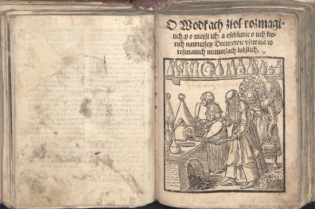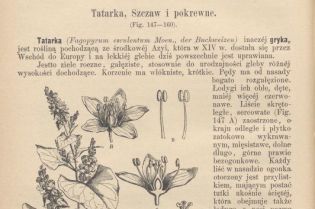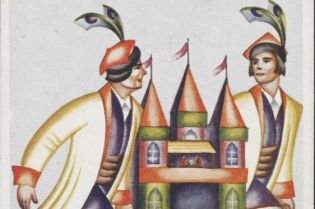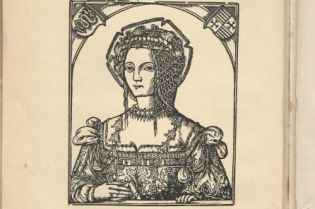Sweets from old Krakow: cakes, gingerbread and cheesecakes
Sweets from old Krakow: cakes, gingerbread and cheesecakes
Pischinger, Sachertorte, cheesecake, strudel and gingerbread - these sweets are still liked by the inhabitants of Krakow to this day. The city is still famous for its patisseries and cafes, where you can eat delicious cakes.
Krakow confectionery developed in the 19th century. Initially, cakes, chocolates and ... strong alcohol were served in confectioneries, and self-respecting confectioners did not descend to serving coffee, which was the domain of the cafes. Due to numerous violations of causing late night disturbances by the Krakow residents visiting them, in 1851 a decree was issued which ordered the closing of so-called public premises on public holidays. This contributed to the development of the cafe. In 1857, "Czas" reported that "Viennese-style cafes are increasing their premises and gaining splendor, as compared to former cafe rooms."
One of the most famous cafes of the time was Noworolski. It was there that the first pressure coffee machine imported from Vienna was installed, and cakes and other confectionery were transferred to the cafe from the workshop in the Bielak arcade. Among the sweets, Viennese apple strudel was very popular among Krakow's residents. Krakow residents also fell in love with Viennese eggs, the Pischinger cake and Sachertorte served ath Noworolski.
You can read about Pischinger's history here. We owe Sachertorte a chance. Beginner confectioner Eduard Sacher had to unexpectedly prepare a dessert for an evening meeting at the court of Prince Metternich in 1832. He did a simple thing, and because simplicity is a type of strength, the cake delighted the gathered guests. The recipe for the success of the cake was extremely simple: a compact chocolate cake made of flour, butter, sugar, eggs and chocolate, with warm apricot marmalade spread on it and covered with chocolate icing. The cake was much to the liking of the Viennese guests, and the Sacher family had disputes with other confectioners who wanted to sell Sacher cake for several decades. The most raucous was the dispute with the confectioner Demel, as Sacher was his young apprentice. The competitor, of course, lost the dispute. Similar problems were faced by the Pischinger family, who also announced that counterfeiters of their cake would be prosecuted in court as was published in newspapers in Kraków.
Krakow has its own "sweet" scandal. At the beginning of the 20th century, rumors roared throughout the city. In 1911, the "Danusia" sweet bar which was produced by Adam Antoni Piasecki's Sugar and Chocolate Factory appeared in stores. It was named after a charming factory worker whose image on the wrapper smiled both from the packaging and from the posters advertising the newly released sweet. The chocolate bar can now be found in stores throughout Poland.
The beloved Krakow cakes also include a fluffy Krakow cheesecake with a characteristic crisscrossed pattern across the top made of dough and filled with apple strudel - another legacy of Kraków's eighteenth and nineteenth-century history brought from Vienna.
Krakow residents bought sweets in delicatessens and confectioneries. They bought not only cakes, but stuffed caramels, also long, rectangular candies that were hung on the Christmas tree were popular as Stanisław Broniewski recalls in "Playing with time, or past years censored". In the shops' offers you could also find blanc mangers, jellied fruits, apple pies, fried fruit, Swiss and French, as well as homemade "chokolada".
Gingerbreads were bought in the mid-nineteenth century at fairs held twice a year at the Market Square. Miss Estreicher in the "Social and community life of Krakow in the years 1848-1863" mentions Lewicki from Lviv, who in 1859 used to sell them, as well as other sweets, including the Persian legume. They were also sold by Fuchs, and from 1857 they were found at Kasper Molęcki’s shop. Antoni Rothe's shop which operated until around 1934 was famous primarily for gingerbread, and there "the smell of gingerbread, honey and sweets mixed with the waxy smell of candles (...). Among the various shapes of chocolate there was one that was particularly tasty, which was called "bark" and it attracted the eyes of both adults and children. (...) the favorite delicacy were the famous chocolate cigars, this delicate mass which melted in your mouth was wrapped in a wafer", as Krygowski wrote in "My Krakow today at yesterday's Vistula".










